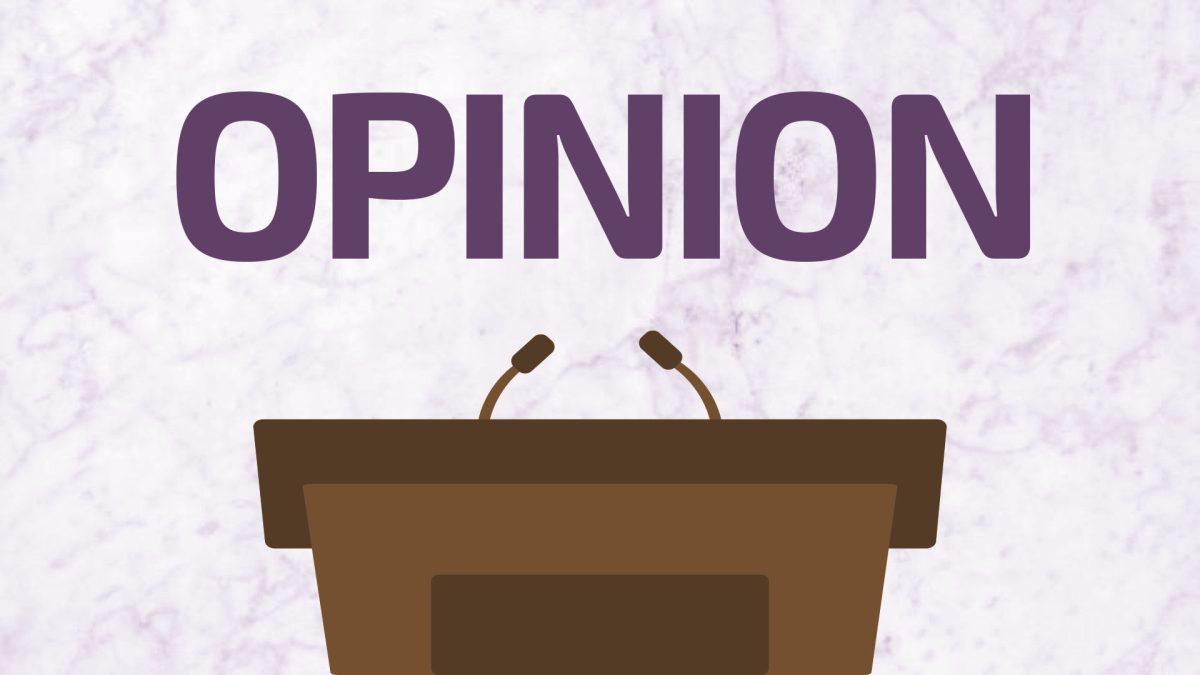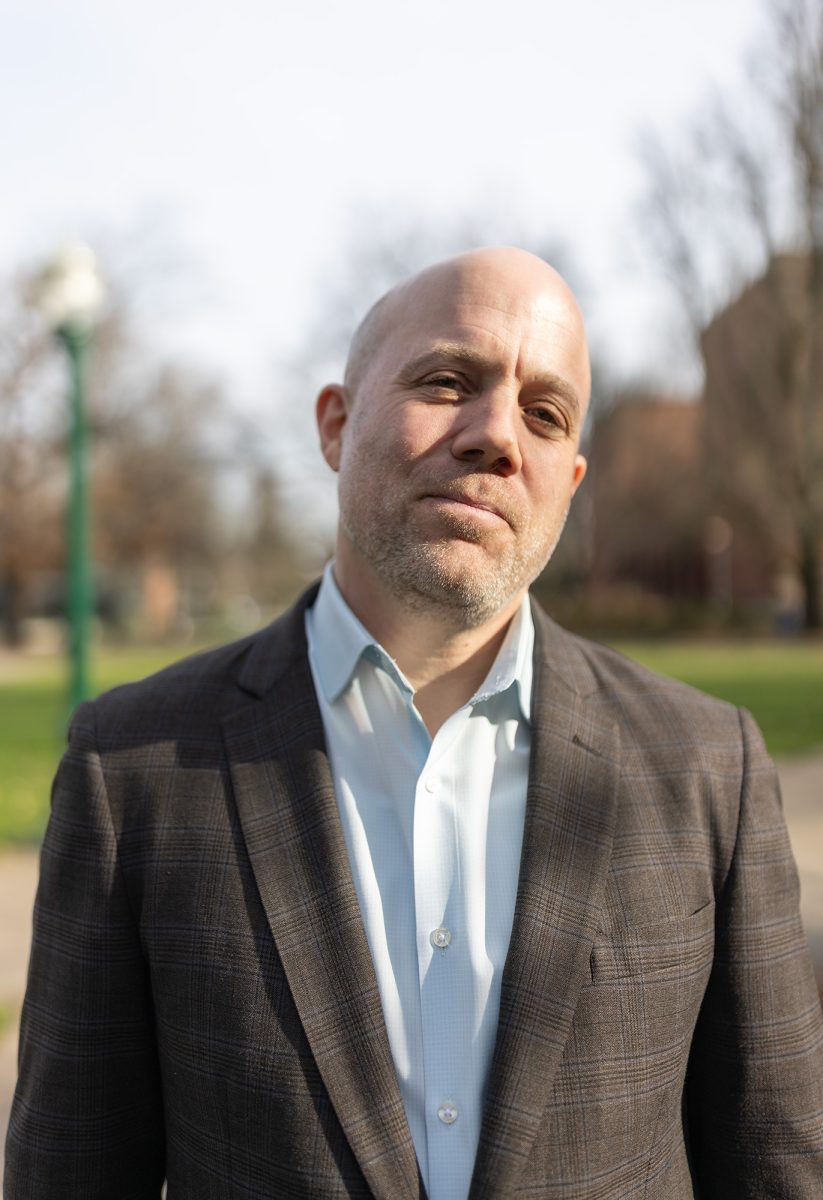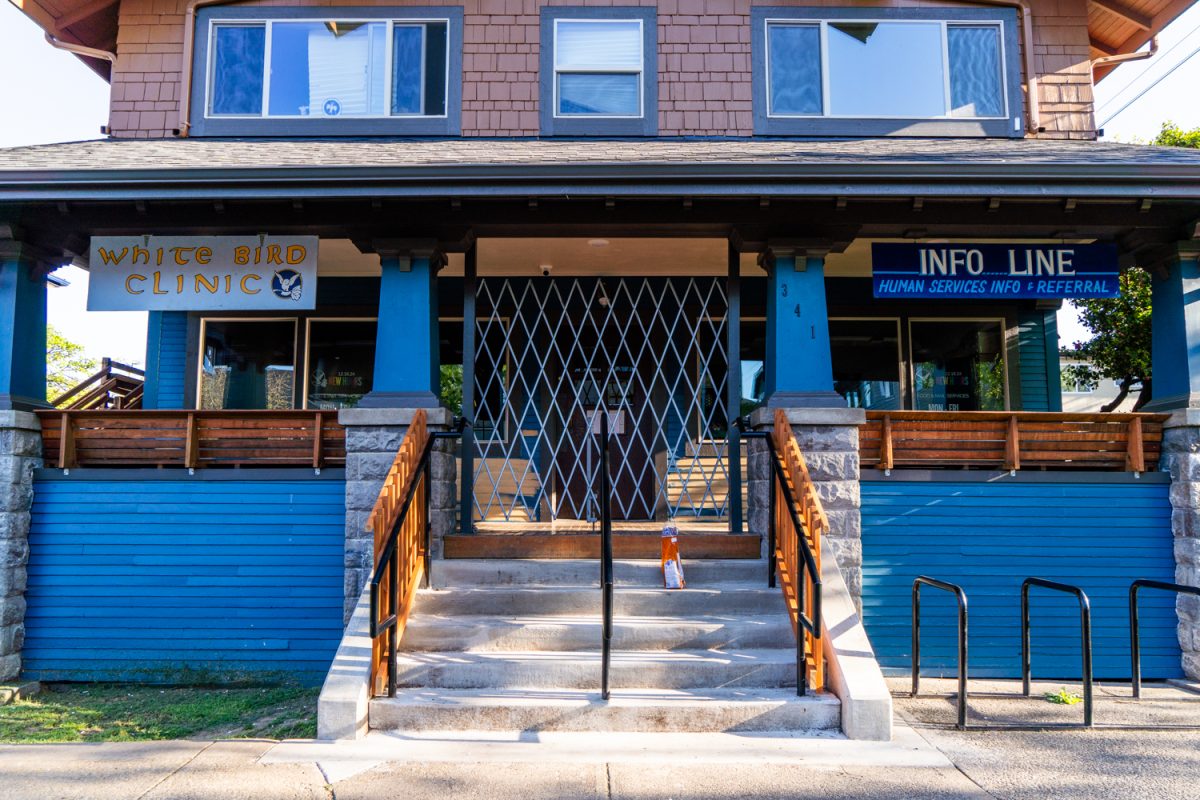The southernmost corners of the Willamette Valley burst with stunning views and thriving agriculture. Yet, during the wildfire season, Eugene’s sky fills with an ominous and all-too-familiar West Coast staple: thick, yellow haze. With each passing day, the world changes, plummeting further into the depths of climate change. The annual smoke and air quality warnings are prominent reminders of what Oregonains have to lose as climate change continues to progress — but what is there, besides panic, that the average Oregonian can do?
Leaders, such as Oregon Gov. Kate Brown, have proposed initiatives to counter climate change’s threats. According to the Oregon Legislative Assembly, the state of Oregon should take major steps over the next few months to help deliver the fate of our forests.
These steps include: strengthening the resilience of forests by creating a larger biodiversity in these ecosystems; reducing hazardous fuels currently released into the environment by using organic alternatives when possible; being mindful of chemical product disposal and creating a stronger defence through a youth-based conservation workforce.
While these ideas hold promise, they often lack immediate actions communities yearn for while living in danger zones. These aspirations, meant to increase the state’s ability to prevent wildfires, describe long-term planning and improvements. They fail, however, to recognize smaller communities that long to take a stand in the fight against wildfires.
According to Around the O, UO’s wildfire research has shown that fires can help forests stay healthy. The Karuk Tribe of southern Oregon and northern California use wildfires to care for the land and provide a healthy landscape. The Karuk people consider fires to be medicine to the land, according to Around the O.
While the number of fires has not necessarily increased, the danger and severity has. The best thing Eugenians can do is prepare for future crises.
I argue that the most important step in keeping our environment healthy is staying educated. As simple as it may sound, only a well-informed society can prevent hazy futures. Make sure you stay up to date with current weather and drought conditions. Knowing the climate will create a further understanding of what activities are safe to perform in the environment.
Vehicles can emit dangerous amounts of heat and sparks, so be aware of your surroundings to keep brush areas protected from facing harsh flames. These strategies and more are all outlined by the U.S. Department of the Interior and should be reviewed to ensure communities can remain safe.
Change doesn’t come from the top down. Rather, it rises from people and from grassroot movements to create and sustain lasting change.
Though Pacific Northwesterners will always have to live through annual fire seasons, we can work together for a less smoky future. Educate yourself and your community because new ideas take shape through informed minds. The most vital step into a better tomorrow begins with the simple, but profound, determination to save our burning world.
Learn to trust and take care of the air you breathed while reading this. It has never been your own, and it is a gift we all share.














